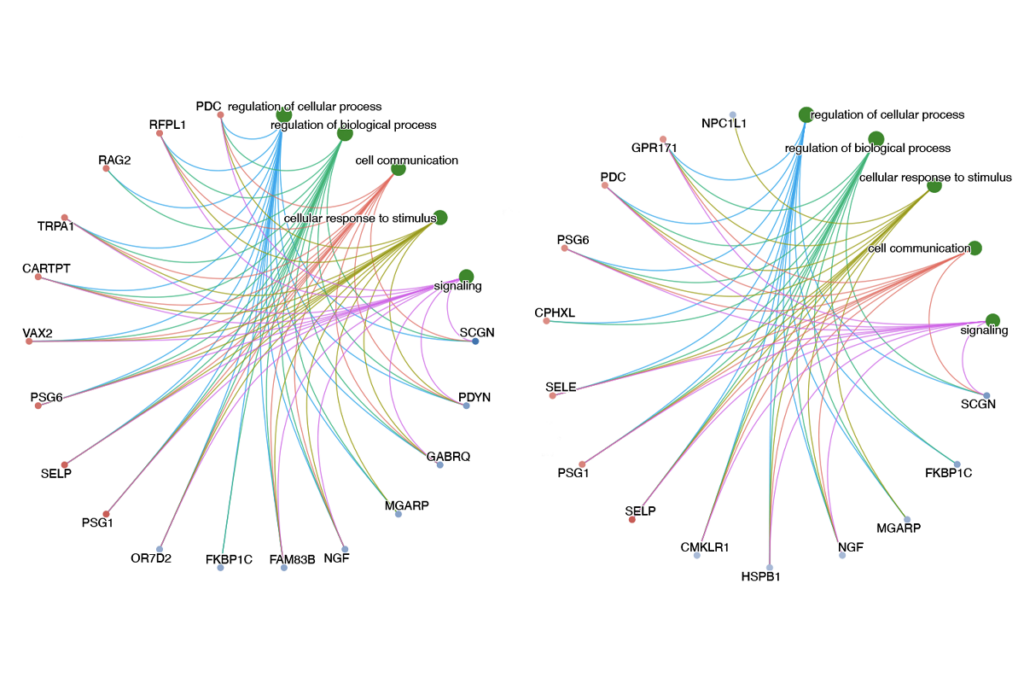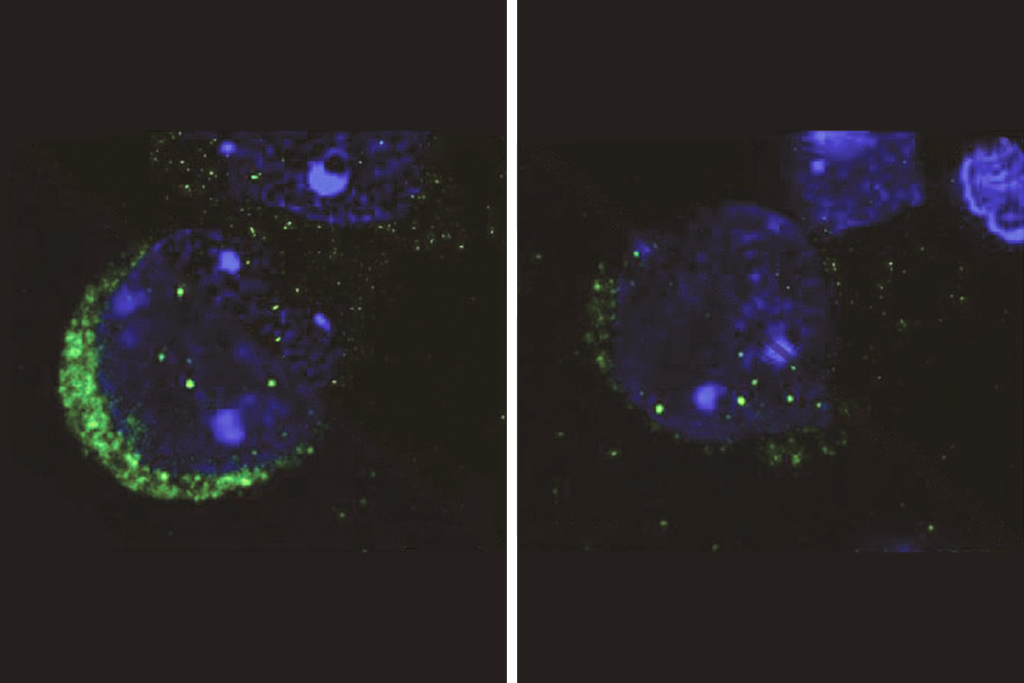Compendium of mouse brains highlights autism’s diversity
By mapping the brains of not 1 but 27 mouse models of autism, researchers are making sense of the widely divergent structural changes seen in autism brains, they reported Wednesday at the 2013 Society for Neuroscience annual meeting in San Diego.
By mapping the brains of not 1 but 27 mouse models of autism, researchers are making sense of the widely divergent structural changes seen in autism brains, they reported Wednesday at the 2013 Society for Neuroscience annual meeting in San Diego.
Each model shows unique alterations in brain size, but the models cluster together into three groups, the researchers found. Each group of mice may respond to a different treatment, says Jacob Ellegood, a research associate at the Mouse Imaging Centre at the Hospital for Sick Children in Toronto. He presented the findings at a nanosymposium at the conference.
Ellegood began by showing the results from three studies: One concluded that the hippocampus is significantly bigger in autism mouse brains than in controls, the next reported it to be smaller and the third found no difference. “So you can see we have all the bases covered,” he said, laughing.
His anecdote illustrates the state of brain imaging in autism: Autism’s heterogeneity renders broad conclusions based on a few individuals, or mouse models, impossible.
Ellegood says he was “naïve” when he first started scanning the brains of autism mouse models. “I came into this thinking we’d find where autism is located in the brain,” he says. “But you’re never going to find one region that will tell the whole story.”
He soon realized that one mouse model wouldn’t be enough, either. After presenting his work on fragile X syndrome mice at the International Meeting for Autism Research in 2009, Ellegood decided to look at all the available models. The response was slow at first, but once researchers heard about the venture, he received more and more brains — he is now collaborating with 34 researchers from 16 different institutions.
The 27 models in his analysis include all the usual suspects: mice lacking CNTNAP2, SHANK3 or NRXN1, those with a duplication in the 16p11.2 chromosomal region and inbred strains such as the asocial BTBR mouse.
Ellegood’s team scanned the brains of ten mice from each of these strains and compared them with ten matched controls. They then compared the size of 62 brain regions across each of the 27 models.
Not a single brain region looks the same in all the models, he found. Among the most variable are the striatum, the cerebellum and the hypothalamus, all of which have been implicated in autism in people.
Ellegood then grouped the mice based on similarities in brain volume. The models cluster into three groups, he found: one in which many brain regions tend to be larger than in controls, one in which they tend to be smaller, and a third that is more variable.
The most interesting findings to emerge from these data analyses are the differences, says Ellegood. For example, neurexins and neuroligins, proteins implicated in autism risk, both function at neuronal junctions. But mutations in each of the two proteins lead to significantly different brain volumes, and the mouse models are in different clusters.
“You’re never going to find one region that will tell the whole story.”
The results suggest that researchers should not assume that mutations in related autism-linked genes will lead to the same effects. “Just because they are both in a synapse-affected gene doesn’t mean they’re affecting the brain in the same way,” says Ellegood.
One attendee at the symposium pointed out that the 27 mice compared are from different genetic backgrounds, which can affect results. However, comparing each mouse strain with matched controls minimizes this confound, says Ellegood. The alternative — testing each of the 27 mouse strains on every possible background — is unfeasible.
Ellegood and his colleagues plan to catalog the social behavior in each of these models to see whether the changes in brain volume map to certain traits. They also plan to test different treatments on the three groups.
“The hypothesis is that similarities in anatomy will correlate with similarities in treatment response,” he says.
For more reports from the 2013 Society for Neuroscience annual meeting, please click here.
Recommended reading

Autism traits, mental health conditions interact in sex-dependent ways in early development

New tool may help untangle downstream effects of autism-linked genes

NIH neurodevelopmental assessment system now available as iPad app
Explore more from The Transmitter

Five things to know if your federal grant is terminated
It’s time to examine neural coding from the message’s point of view
